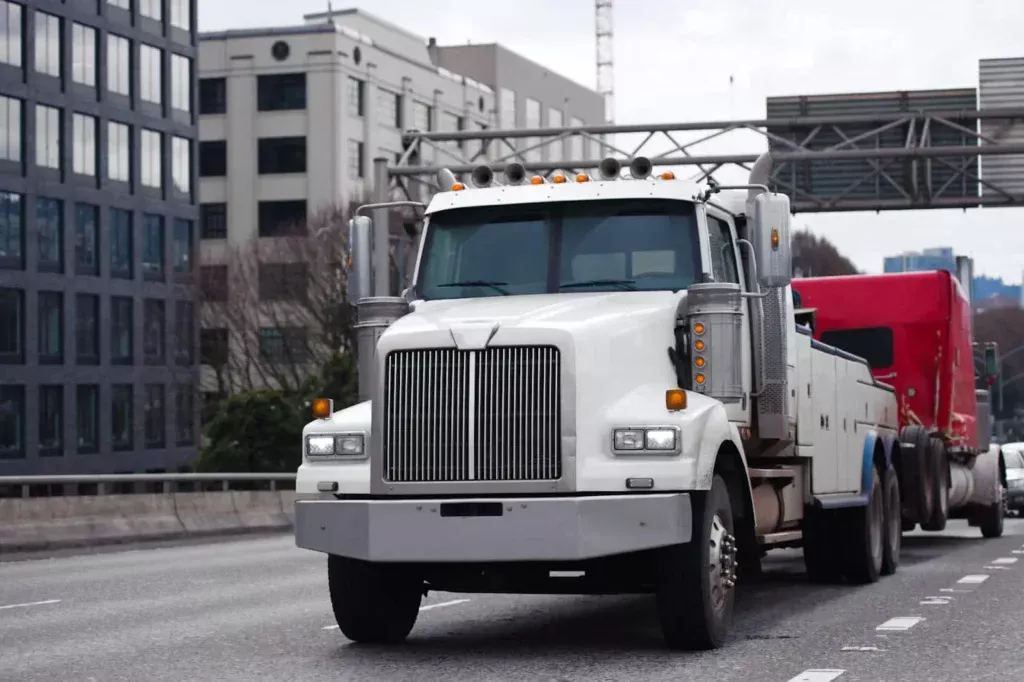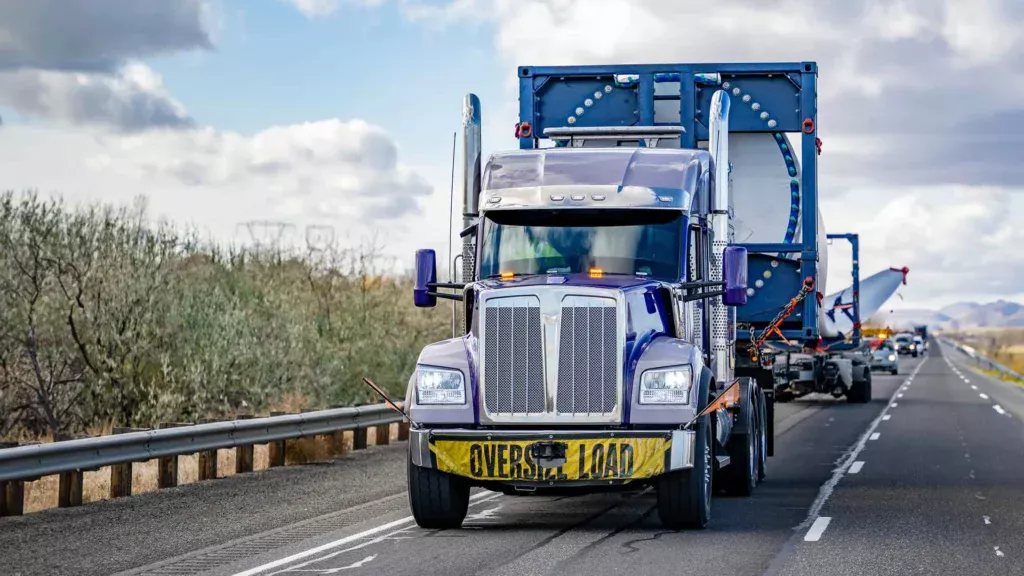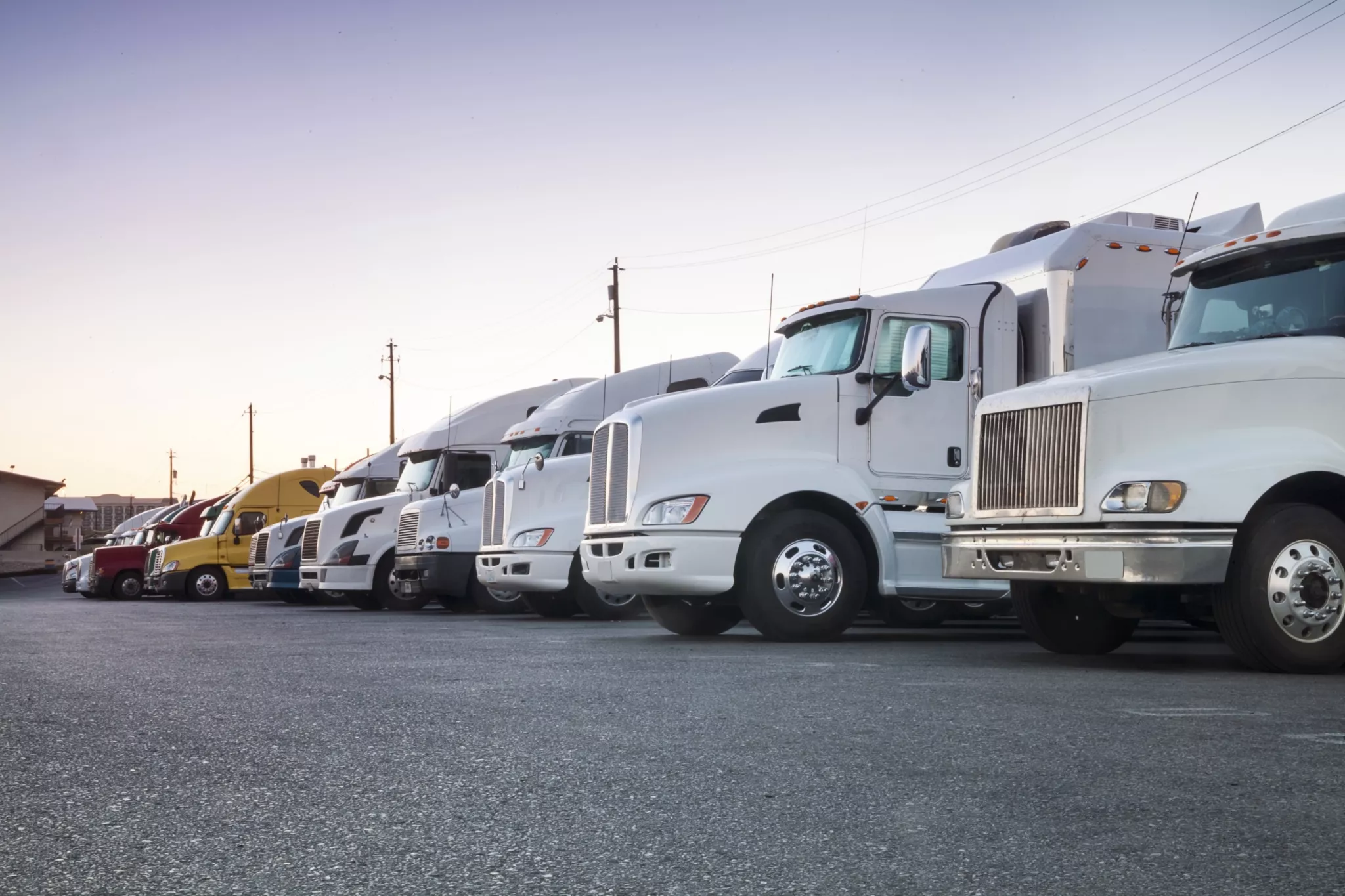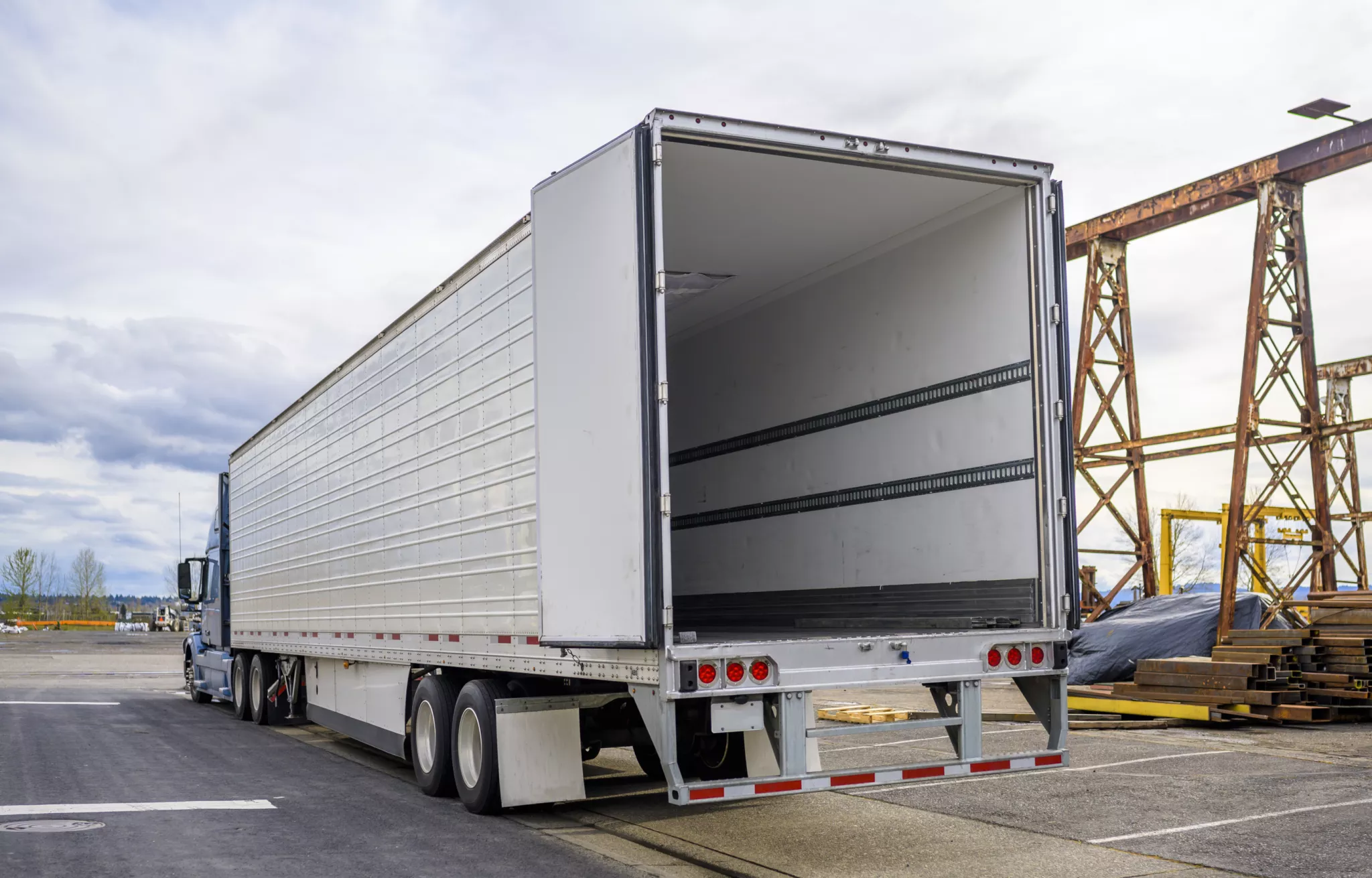
Navigating the realm of shipping and transporting goods involves understanding various terms. Today, our attention is directed towards three pivotal terms: tare weight, net weight, and gross weight. Freight trucking companies utilize these weights in price quotes to ascertain the overall cost of your shipment. This blog post delves into a detailed exploration of these concepts, shedding light on how US gross weight trucking regulations intersect with them. Continue reading to gain a deeper insight!
What Is the Tare Weight?
Tare weight meaning refers to the weight of an empty container before it is filled with goods. Tare weight holds significance in shipping and transporting goods as it directly impacts the overall shipping costs. Since the tare weight varies across different container types, it is crucial to know the specific tare weight associated with the container in use.
For instance, consider the tare weight example of a standard 20-foot container, which amounts to 5,000 pounds, contrasting with a 40-foot container that has a tare weight of 8,000 pounds. Additionally, the material composition of the container can influence tare weights. Therefore, when engaging in the shipment of goods, it is essential to acquaint yourself with the tare weight of your chosen container to calculate the total shipping costs accurately.
What Is the Net Weight?
The net weight of a product denotes the weight of the product alone, exclusive of any packaging or additional materials. This is the weight typically featured on the label of a food item or other packaged goods. When dealing with product shipments, accounting for the net weight is crucial as it directly impacts the overall weight of the shipment. Although distinguishing between tare weight and net weight might be perplexing, it’s important to note that tare weight pertains to the empty container’s weight, while net weight refers to the product’s weight.
To determine the total shipping weight of your shipment, sum up the net weights of all the products being shipped. For instance, consider a scenario where you’re shipping 100 boxes of cereal, each with a net weight of 12 ounces. The cumulative net weight of your shipment would be 1200 ounces or 75 pounds.

What Is the Gross Weight?
The gross weight of a shipment encompasses the combined weight of both the products and their packaging, inclusive of the container’s tare weight. When trucking companies provide quotes for shipping, they consider both gross and net weight as pivotal factors. It is crucial to discern the disparity between net and gross weight, with net weight representing the product’s sole weight, and gross weight signifying the overall weight of the products and packaging. While understanding the contrast between gross and net weight may seem intricate, it is essential to recognize that gross weight incorporates the tare weight of the container.
To calculate the gross weight of a shipment, aggregate the net weights of all the products, the tare weight of the container, and the weight of the packaging material. Consider an example: suppose you are shipping the same 100 boxes of cereal as in the previous scenario. However, this time, each box weighs 16 ounces, encompassing the weight of the packaging. The tare weight of the container remains at 5000 pounds. Consequently, the gross net weight of your shipment would amount to 16,000 ounces or 1000 pounds.
US Regulations on Gross Weight in Trucking
Within the United States, there exist federal regulations dictating the allowable weight for trucks traveling on highways, aptly referred to as gross weight trucking regulations. The maximum permitted gross weight for a tractor-trailer is set at 80,000 pounds, encompassing the combined weight of products, packaging, and the trailer’s tare weight.
Exceeding this prescribed gross weight limit may result in fines for the trucking company, underscoring the importance of comprehending the distinction between net weight and gross weight. Failure to grasp the nuances of net vs gross weight could lead to legal consequences, and surpassing the limit by a specific margin may even result in criminal charges for the driver. Thus, it is imperative for trucking companies to diligently calculate the gross weight of their shipments before embarking on the journey.
In the realm of oversized freight trucking, a separate set of regulations comes into play. When a shipment exceeds the dimensions of a standard trailer, categorizing it as oversized freight, special permits and regulations are applicable to ensure compliance with the law.
Conclusion
Tare weight, net weight, and gross weight collectively play pivotal roles in the intricate process of shipping. Tare weight represents the empty container’s weight, and being aware of this factor is essential for accurately estimating shipping costs. Net weight, on the other hand, signifies the weight of the product itself, a crucial component in calculating the total shipping weight of your shipment. Gross weight encompasses the comprehensive weight of the products, packaging, and the container’s tare weight. Understanding the distinctions between gross weight vs net weight shipping and gross weight vs net weight shipping is crucial for efficient logistics and cost management in the shipping industry.
Understanding the gross weight is particularly crucial for compliance with US trucking regulations. Additionally, when dealing with oversized freight, it is imperative to delve into the distinct set of regulations governing such shipments before initiating the shipping process.
Logity Dispatch, a reputable dispatching solution, can provide valuable assistance in US trucking regulations, rate negotiating, optimizing routes, and paperwork management for owner-operators. Contact us today to learn more about how we can make your trucking business grow.







